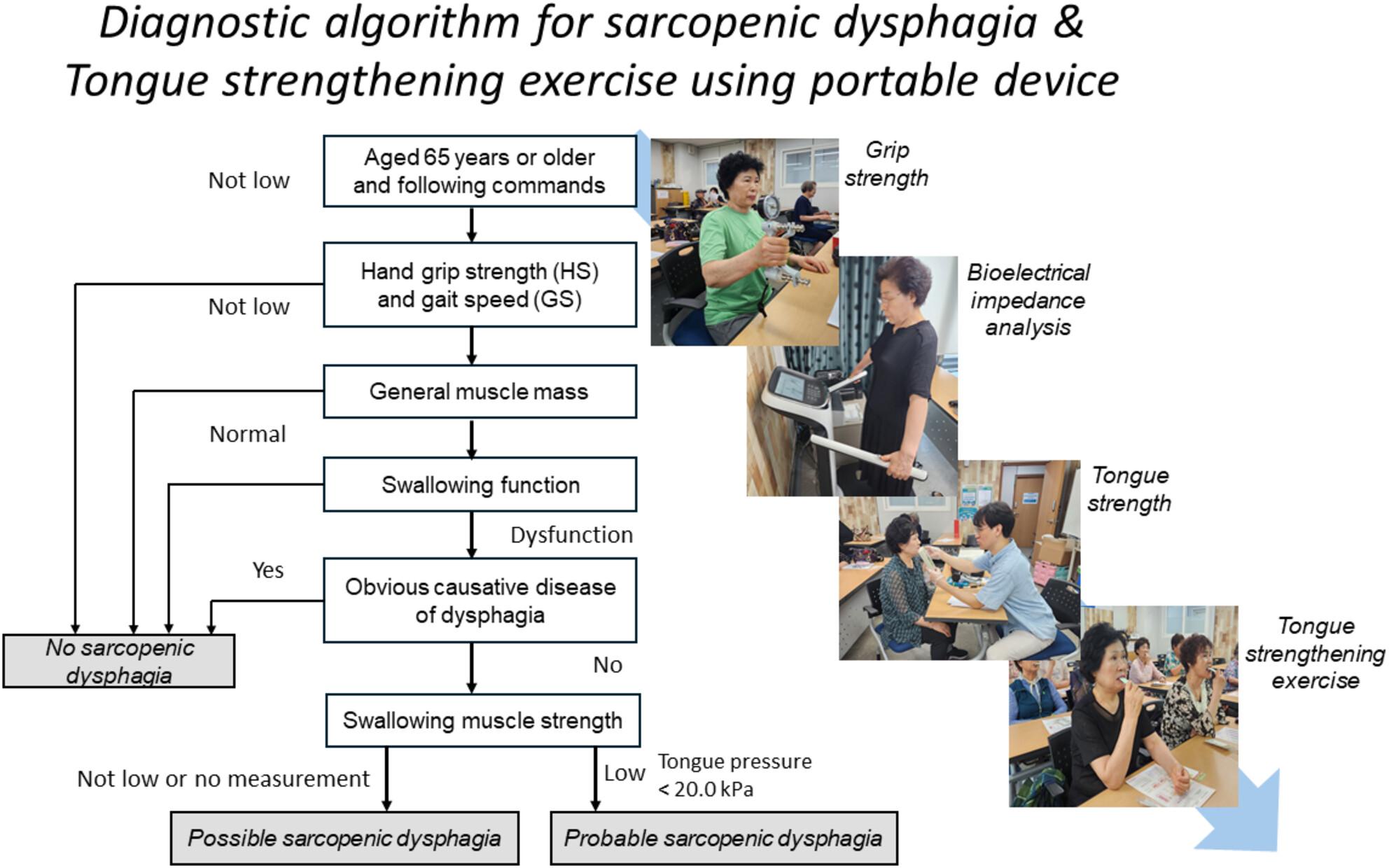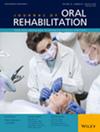Effect of home-based tongue-strengthening exercise using a portable tool on oropharyngeal muscles in older adults with sarcopenic dysphagia: A randomised controlled study
Abstract
Background
Tongue-strengthening exercises may be used at home to strengthen swallowing-related oropharyngeal muscles in community-dwelling older adults with sarcopenic dysphagia; however, evidence of their effectiveness remains unclear.
Objective
This study aimed to investigate the effects of a home-based tongue-strengthening exercise (hTSE) using portable tool on swallowing-related oropharyngeal muscles in community-dwelling older adults with sarcopenic dysphagia.
Methods
Forth community-dwelling older adults with sarcopenic dysphagia were enrolled in the study. The participants were randomly assigned to the experimental and control groups. 1-Repetition Maximum (1-RM) of tongue muscle was measured in the experimental group using the Iowa Oral Performance Instrument, and hTSE was performed using a portable tool with an intensity corresponding to approximately 70%–80% of the range based on the 1-RM value (90 times/day, 5 days/week, for 8 weeks). The control group did not perform any tongue exercises. The primary outcome measures were tongue strength and thickness. The secondary outcome measure was suprahyoid muscle strength (digastric and mylohyoid muscles).
Results
The experimental group showed significantly greater increases in suprahyoid muscle (mylohyoid and digastric) thickness (p = .01 and .011, d = 1.0 and .55), as well as tongue strength and thickness (p < .001 and .029, d = 2.2 and .6) than the control group.
Conclusion
This study confirmed that hTSE using a portable tool is effective in increasing swallowing-related oropharyngeal muscle activity in older adults with sarcopenic dysphagia. Therefore, hTSE is recommended as an inexpensive, safe, and easy-to-use therapy for sarcopenic dysphagia in older adults.


 求助内容:
求助内容: 应助结果提醒方式:
应助结果提醒方式:


